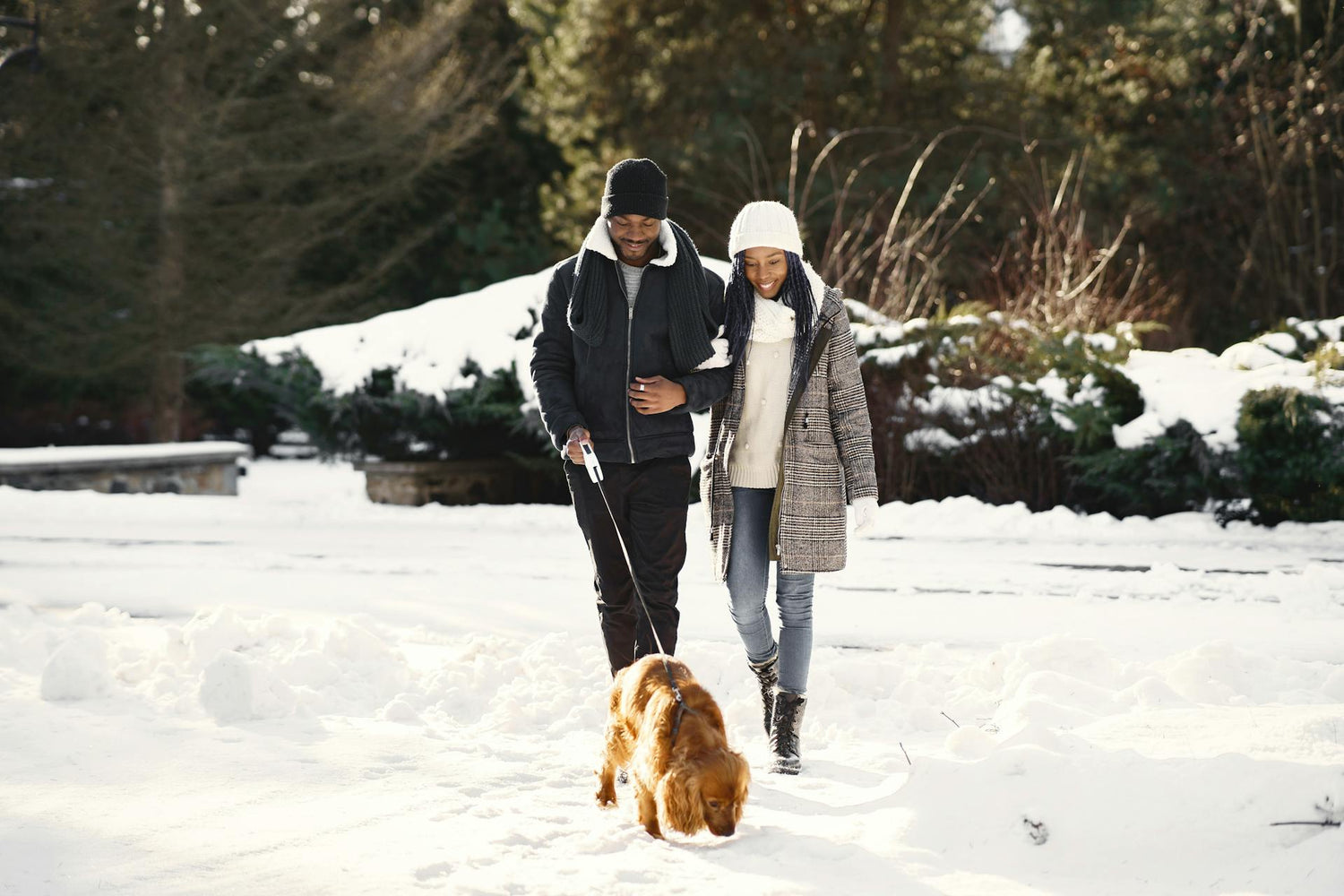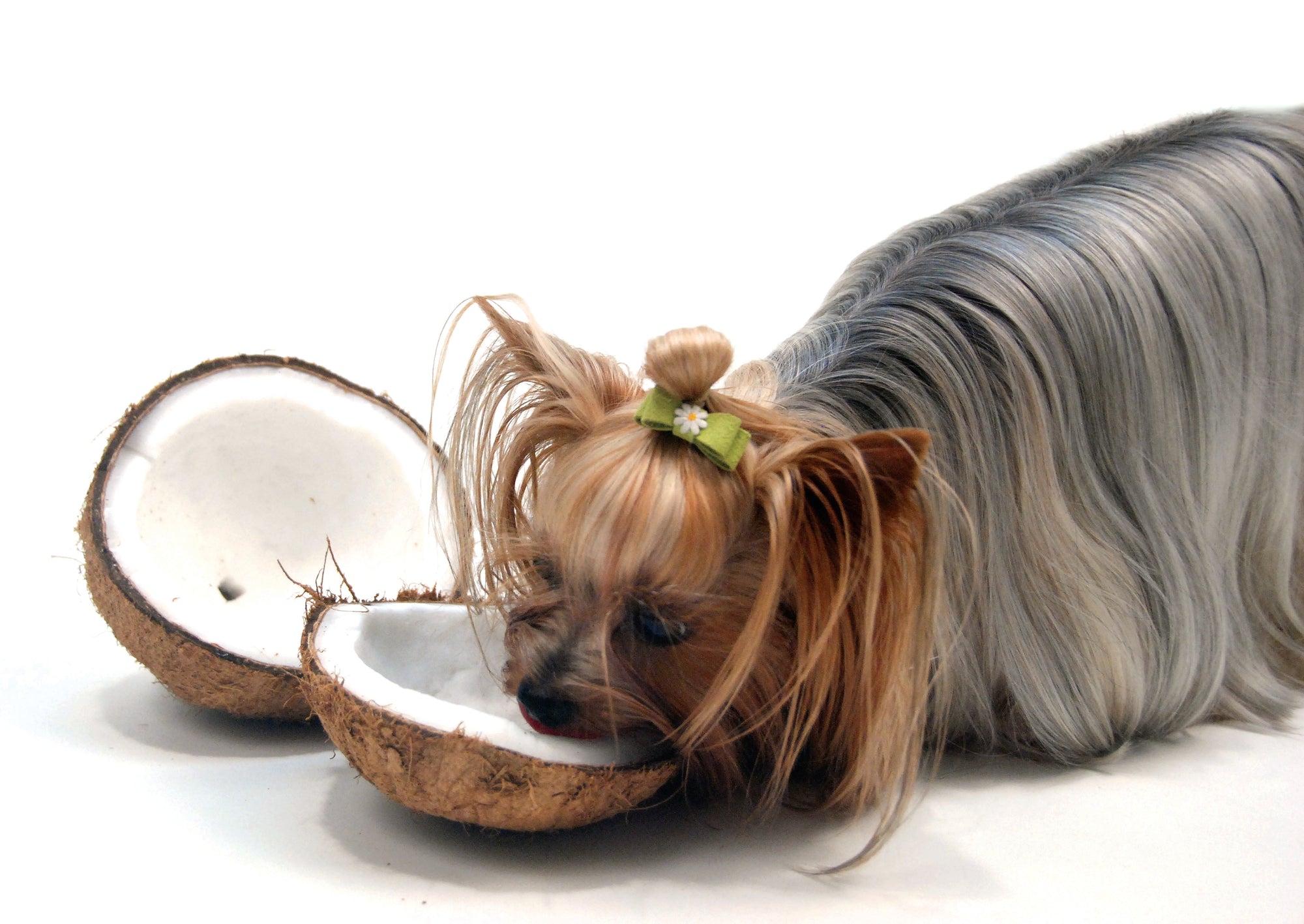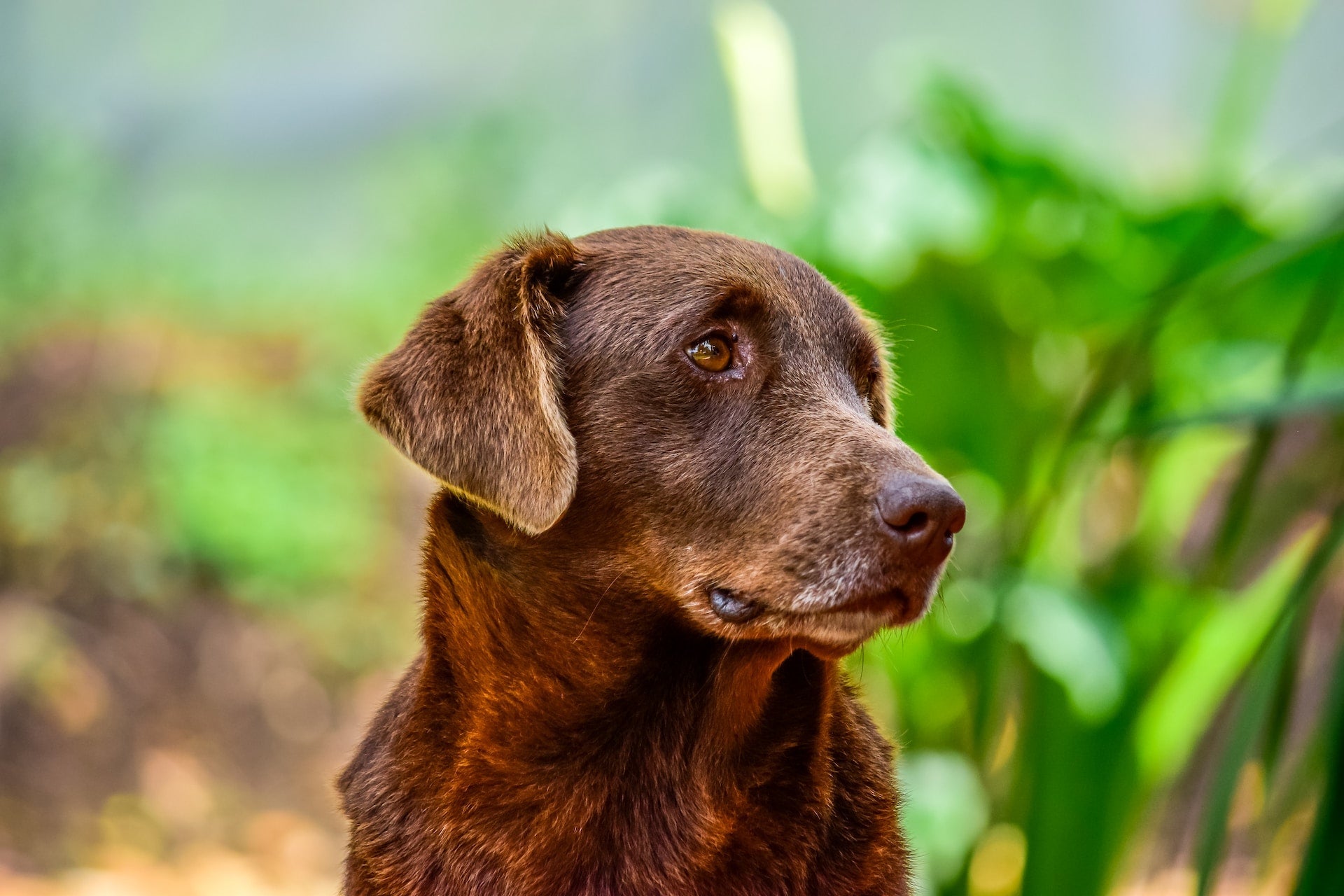Walking your dog during the colder months is not just a necessity, but it can also be a fun experience for both you and your pup. The crisp air, quiet streets, and snowy landscapes can make winter walks a truly unique adventure.
But it's important to remember that the season also brings its own set of challenges. From freezing temperatures to icy sidewalks, it's crucial to ensure that your dog remains safe and comfortable. In this post, we'll share everything you need to know about making winter walks safe and enjoyable for your pup. So, grab your dog's leash and let's get started!
Understanding Your Dog's Cold Tolerance
Different dogs have different tolerance levels to cold weather, largely depending on their breed, age, size, and coat type. Breeds with thick, double coats, like Huskies and Malamutes, are naturally more equipped to handle colder temperatures.
On the other hand, short-haired breeds, small dogs, seniors, and puppies may struggle to stay warm. No matter what type of dog you have, it's crucial to recognize signs of cold stress as they can quickly escalate into more serious conditions such as hypothermia or frostbite.
Some common signs of cold stress in dogs include shivering, weakness, lethargy, and reluctance to move. If you notice any of these signs during your winter walk, it's time to head back indoors and warm up your pup.
Essential Winter Gear for Your Dog
Just like humans layer up for winter, some dogs also benefit from extra protection against the cold. Dog coats and sweaters are especially useful for puppies, senior dogs, small breeds, and short-haired breeds. When choosing winter wear for your dog, ensure it's made of waterproof material and fits them comfortably.
It's also important to consider the type of insulation in the garment. Fleece-lined options offer warmth without bulk, making them ideal for active dogs. For dogs more prone to cold, a thermal-insulated coat might be a better choice. Remember to measure your dog correctly to ensure a snug fit that keeps them warm without limiting their movement.
Protecting Your Pup's Paws
One of the most vital aspects of winter care is protecting your dog's paws. Dog boots are an excellent option for keeping their paws safe from the cold ground, ice, and harmful chemicals like road salt. However, lots of dogs find boots uncomfortable and some may even refuse to wear them.
If your dog makes a fuss about wearing boots, try applying paw balm or coconut oil before heading out. We love using coconut oil on our dogs' paws in winter as it solidifies when it touches the cold ground – a bit like how chocolate hardens when poured over ice cream! Plus, it moisturizes the paws and helps protect them from cracking and chapping.
Just make sure to apply coconut oil right as you're heading out of the door. This will stop your dog from making a mess or licking it off before it has a chance to work its magic.

Navigating Winter Hazards
During winter walks, be mindful of hazards like antifreeze and deicers on sidewalks and roads. These substances can be harmful if your dog ingests them, and they're often appealing thanks to their sweet taste. To prevent any harm, keep a close eye on your dog to make sure they don't lick or eat anything off the ground and clean their paws well after each walk.
The winter landscape also brings risks like icy surfaces, which can cause slips, and frozen lakes or rivers, which are especially dangerous. Dogs might not realize the danger of thin ice, so keep them leashed and away from these areas.
Additionally, snow can hide objects that might hurt your dog, such as sticks, rocks, or glass. That's why it's safer to walk on cleared paths and stay alert in snow-covered areas. Being aware of these potential dangers and taking the right precautions will help make your winter walks with your dog safe and enjoyable.
Adjusting Your Walking Routine
In the winter, it may be necessary to make some adjustments to your walking routine. On particularly cold days, opt for shorter walks to minimize exposure to the cold. It's also important to keep an eye on the weather forecast and avoid going out in extreme conditions. Indoor playtime can be a great alternative to ensure your dog still gets enough physical and mental exercise without risking their health.
Keep in mind the shorter days of winter when scheduling your walks. Midday outings are often warmer, providing a more comfortable experience for you and your dog. For morning or evening walks when there's limited daylight, make sure to prioritize safety by using reflective gear and a collar or leash with lights for your dog.
Remember, snow and ice can change familiar paths, making navigation more difficult. Choose familiar routes that are well-lit during the darker hours and carry a flashlight or headlamp to stay visible and safe.
Post-Walk Care
After each walk, it's vital to care for your dog's paws and overall health. Here are some quick tips for post-walk care:
- Dry your dog thoroughly. Make sure to dry your dog off completely after each walk to prevent problems like skin irritation and fungal infections. Use a towel or a hairdryer on a low setting if your dog tolerates it.
- Wipe paws clean. As mentioned earlier, it's important to clean your dog's paws after every walk to remove any salt, antifreeze, or other harmful residues they may have stepped on. Use a damp cloth or paw wipes for a quick and easy clean.
- Inspect paw pads. Check for cracks, injuries, or signs of irritation. This is crucial to prevent infections and other complications.
- Use coconut oil. Apply coconut oil to your dog's paws after cleaning. This helps soothe and moisturize their pads, preventing dryness and cracks. Make sure to choose high-quality virgin coconut oil for the best results.
- Warm-up. Provide a warm blanket or a cozy spot away from drafts for your dog to warm up. This will help prevent them from getting too cold and potentially developing hypothermia.
Are You Ready for Winter Walks With Your Dog?
As we've seen, there are plenty of ways to keep your furry friend safe and comfortable during winter walks. From dressing them in suitable winter gear and protecting their paws, to navigating winter hazards and adjusting your walking routine, it's all about being mindful and proactive.
So, are you ready to embrace the colder months and take your dog for an invigorating walk in the winter wonderland? With these tips, both you and your pup can enjoy the beauty of winter without any worries. Stay warm, stay safe, and have fun!



